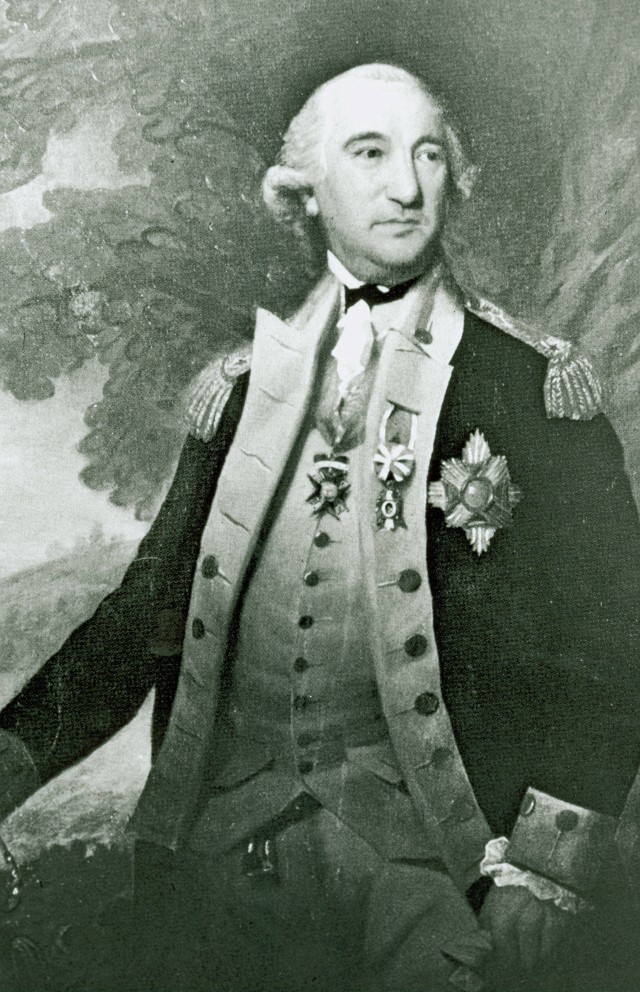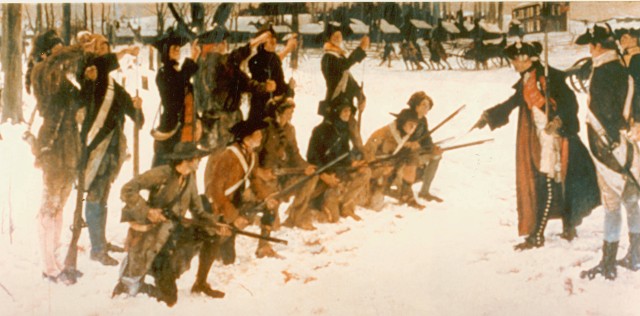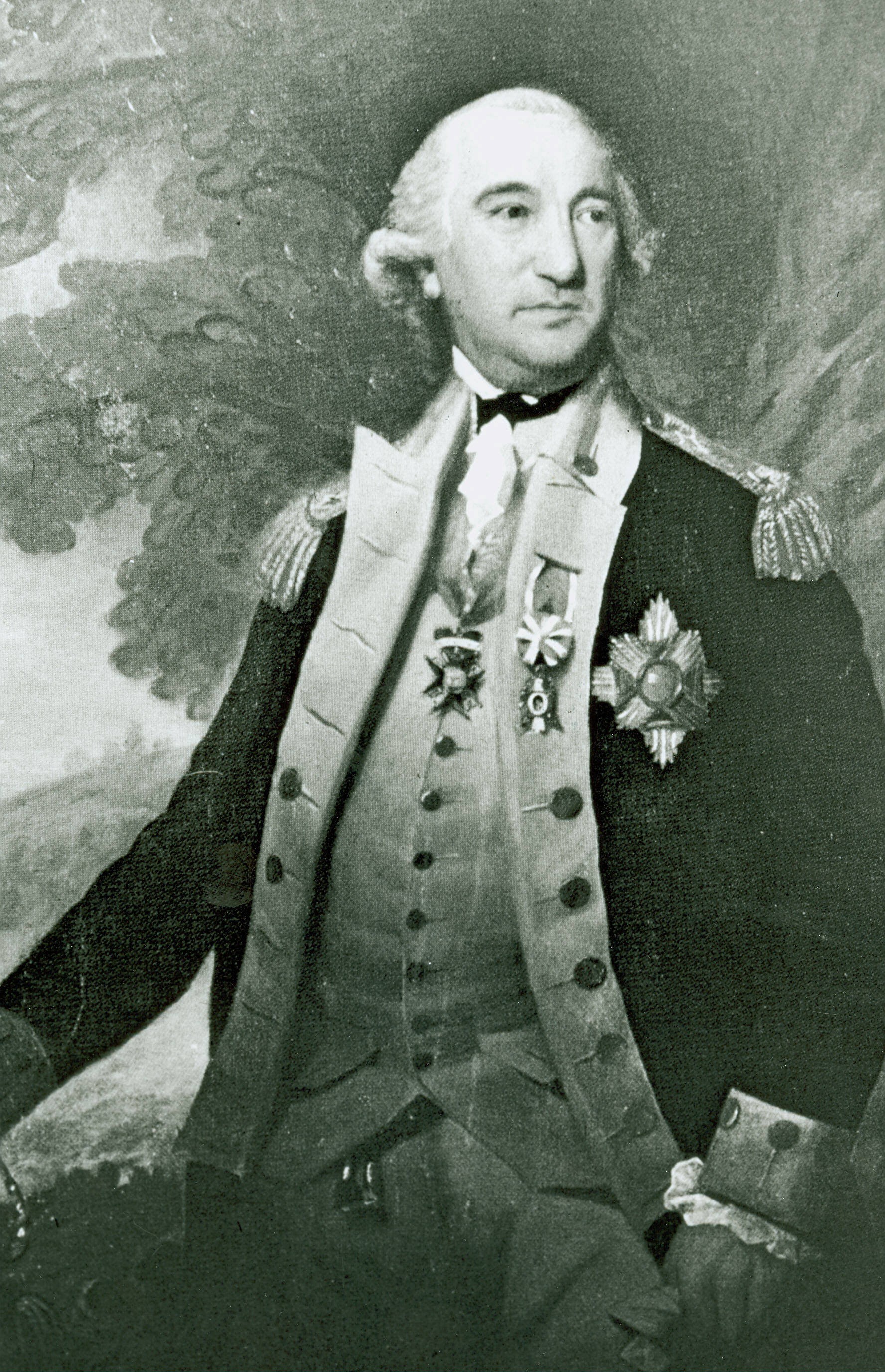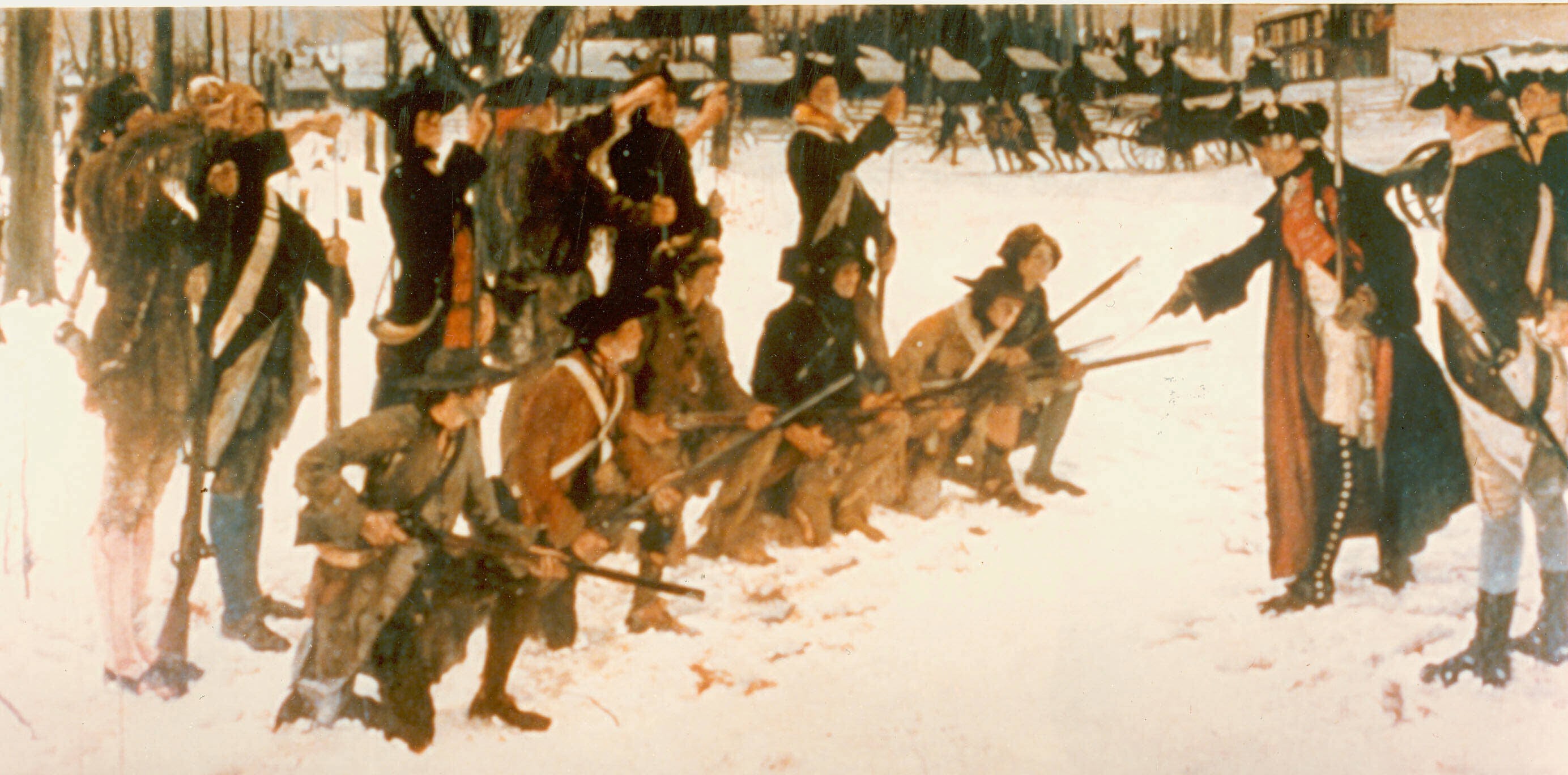The Revolutionary War produced a courageous response from the American people. There is no better example of this than the Valley Forge encampment. Following the loss of Philadelphia and the defeat of efforts to recapture it from the British in the autumn of 1777, the American army under General George Washington went into winter quarters just north of that city at Valley Forge in December. They utilized that camp until June 19, 1778. The encampment witnessed an unprecedented determination from individuals concentrated toward a common ambition. The price of freedom from the crown of England was understood, and yet the participants at Valley Forge did not waiver. Substantial reasons supported their strong will in relation to the revolutionary cause. During the final days of Valley Forge, regular Aca,!A"Continental soldiersAca,!A? and volunteer soldiers alike were motivated toward succeeding in their revolutionary goals.
The role of women in the U.S. Army has its roots set firmly in the ground at Valley Forge. Many of the wives of the revolutionaries were present during the hardships. Most arrived during the first two months of 1778 and stayed until the spring. With a colder than normal winter, fears of mutiny and a hunger crisis set in. Military wives were instrumental in quelling such aggravating incidents. They provided not only physical assistance to soldiers but moral strength as well. For many, they represented the very reason for which the men were fighting.
However, there was still a need for military readiness and confidence. Major General Friedrich von Steuben was the individual most responsible for answering that challenge. Von Steuben instilled the military discipline and technique that was lacking. He arrived in Valley Forge on February 23, 1778. As a former officer in the Prussian Army, he knew his trade very well. Von Steuben was very authoritative and enthusiastic, with a genius for military administration. These qualities translated well into what was needed at Valley Forge. The revolutionaries grew not only in military readiness but also in confidence. A vision of victory would become quite clear due to the efforts put out by von Steuben.
An alliance with France only added to the growing enthusiasm. The idea of aligning with the old nemesis of the crown of England almost guaranteed victory in the eyes of those at Valley Forge. The treaty with France became official in February, 1778. However, news of the new alliance did not reach camp until May 1. General Washington observed quite a reaction when the word spread. He is quoted as saying, Aca,!A"the almighty ruler raised up a powerful friend among the princes of the earth to establish our independence.Aca,!A? France recognized the independence of the United States and subsequently raised the fighting spirit of many revolutionaries.
By mid-June, 1778, Washington found himself in a unique situation. Instead of retreating from the British, they were retreating from him. They abandoned Philadelphia and were marching across New Jersey in hopes of reaching New York City before French forces arrived in the Middle Atlantic region. Washington moved to intercept their retreat. Almost all his troops were fully equipped for battle and put on alert. The order was given on June 18 to leave the camp. Within two hours of the order being given, most of the fighting force had left. All remaining units left by the morning of June 19.
Valley Forge was an emotional journey that produced a positive outlook on the revolutionary cause. The persuasive forces at work ignited the desire of those willing to follow through with their dedication. A future American victory now became more clear in the minds of those who perhaps once could not fathom such an outcome. Many at Valley Forge who suffered through a harsh winter and lack of sustenance still found a taste of valor lingering during the last days of the camp.
ABOUT THIS STORY: Many of the sources presented in this article are among 400,000 books, 1.7 million photos and 12.5 million manuscripts available for study through the U.S. Army Military History Institute (MHI). The artifacts shown are among nearly 50,000 items of the Army Heritage Museum (AHM) collections. MHI and AHM are part of the: Army Heritage and Education Center (AHEC), 950 Soldiers Drive, Carlisle, PA, 17013-5021.
Related Links:
A Working Bibliography of MHI Sources: GEORGE WASHINGTON
A Working Bibliography of MHI Sources: VALLEY FORGE, 1777-78 & 78-79
A Working Bibliography of MHI Sources: CONTINENTAL ARMY
A Working Bibliography of MHI Sources: WOMEN & THE REVOLUTIONARY WAR






Social Sharing